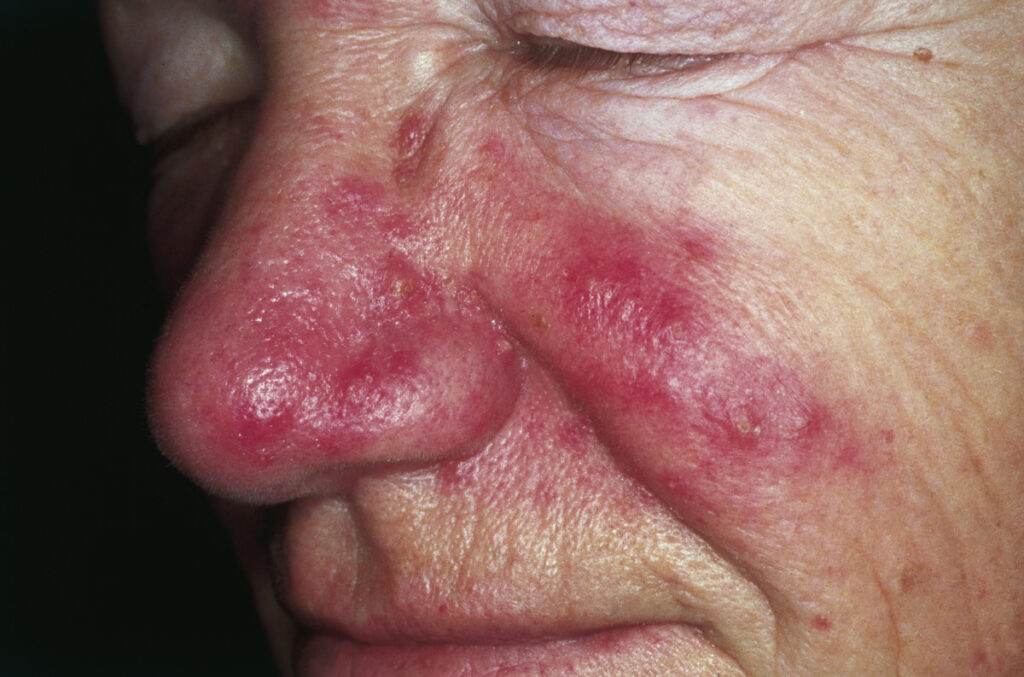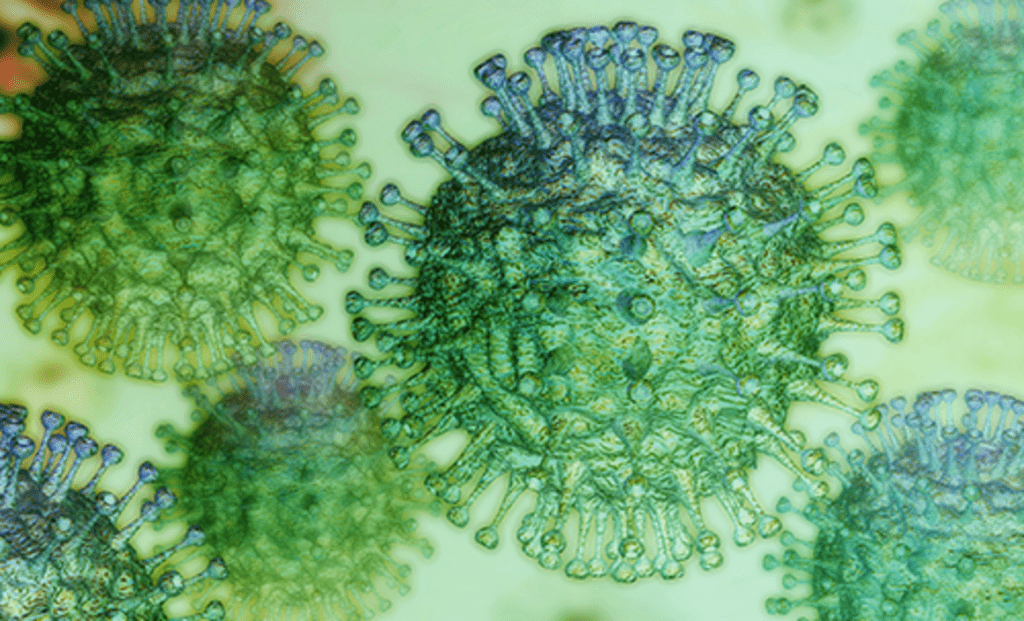Summertime & the livin’ is easy

For most people living in northern latitudes, summer is a time to really get the most out of life. With the bright sun it’s easy to replete your diminished stores of vitamin D3, as well as take advantage of the other healing benefits the sun’s rays have when we are exposed to them in moderation. Summertime means it’s easier to be outside more often, and so we are more physically active, removing us from the indoor environment which in modern times means a much higher exposure to environmental toxins, released from building materials, paint, carpets, furniture, and electrical equipment such as computers and television monitors. Being active, along with fresh air and sunshine, are surely among the most important ingredients for a healthy life.
Although exercise is important, I think people tend to be a little too active in the summer, and just like northerners tend to underestimate the power of the sun during summer and get routinely burned, they also don’t quite understand the risks of being too active during periods of hot weather. The other day I was walking the dogs with my son. It was the middle of the day, and quite hot – upwards of 30˚C – and as we were walking we watched a pair of panting, sweaty joggers hobble past us, no doubt trying to burn that middle-aged pudge that often encourages such drastic measures. As we watched them slowly fade off in the distance I mentioned to my son that in Ayurveda this activity would be regarded as a pragyaparadha, or ‘intellectual error’. According to Ayurveda, pragyaparadha is one of the five main causes of disease, and refers to any action undertaken without a correct understanding of its ramifications.
During the summer in temperate latitudes there is a peaking of the pitta (heat) energy. This is even more the case in humid regions such as the Great Lakes and Eastern seaboard, whereas in the more arid Western regions, as the land becomes parched and dried, there is a commensurate increase in the vata (dry) energy. The commonality between pitta and vata is that they are both light in action, and thus whether your summer is sticky or dry, the qualities of hot and light will most definitely be increased.
In Ayurveda, this has a number of interesting effects. The digestive fire that is normally contained and concentrated in the stomach diffuses out into the periphery of the body, causing circulation to increase and the tissues to swell. The blood is driven to the periphery to be released as sweat, and as it evaporates helps to cool the body. It’s quite an elegant system, but it is easily disturbed when we undertake measures such as intensive exercise during hot weather. It doesn’t make sense to heat up the body when it is trying to cool down, any more than it makes sense to take a laxative if you have diarrhea. There is nothing wrong with getting some exercise during the summer, but in order to not aggravate the qualities of light and hot, make sure to exercise moderately, such as walking in a cool forest or swimming, and avoid strenuous exertion during the heat of the day. This is particularly true if you are not in the best of shape. According to Ayurveda, the best time to engage in strenuous exercise is during the winter and spring, when the qualities of coldness and congestion predominates.
As I mentioned, the primary imbalance that comes with the heat of summer is a weakness of digestion, as the digestive fire diffuses into the periphery and becomes more active in the muscles and skin. This is the main reason why so many spices are used in Indian cuisine: to encourage good digestion by bringing the heat back to the stomach. Even in the hottest of climates, herbs such as ginger, pepper, hing, and chilli are widely consumed in places such as India and Mexico, and are even sprinkled on to otherwise cooling foods such as fruit. When eaten these herbs have the effect of promoting local vasodilation in the gastric and intestinal mucosa, up-regulating digestive secretion and normalizing peristaltic activity. It’s why the anti-emetic drops I refer to here are so effective for problems such as nausea.

But for most Westerners, it seems counter-intuitive to eat something warm and spicy when it’s hot outside. Without understanding the dynamics behind what’s happening, most people go for cold foods such as ice water, soft drinks, cold beer, ice cream, fruit, salad, and raw food. While it is true that these foods will cool you down, the coldness comes from digestion and spreads outwards from there. This can actually serve to trap more heat in your body, and does nothing to resolve the underlying weakness of digestion. In Chinese medicine this syndrome is known as Summer Heat, and is responsible for a lot of the seasonal sickness we see at this time of year.
An underlying digestive weakness also means you become more susceptible to potentially pathogenic microbes, especially if you eat foods that weaken digestive circulation, or if you unintentionally inoculate yourself by eating contaminated raw food (or water). In part this happens because as the song goes, it’s “summertime, and the livin’ is easy,” leading to an explosion in microbial growth. You might have noticed that simple cuts are much more likely to get infected during the summer months or in warm climates. The warm weather of summer makes life for food-borne organisms much more hospitable.
So many patients have contacted me over this summer complaining of digestive issues, most tending to diarrhea, but all of them complaining of poor or irregular appetite, bloating, burping, flatulence, heat intolerance or fever, and in particular, an increase in epigastric pressure and shortness of breath – like something is blocking their ability to take a deep breath. This is all caused by a weakness of digestive fire along with the excessive accumulation of pitta, and very likely, an unfavorable alteration in the gut flora. This phenomena of Summer Heat was also recognized in the Physiomedical and Eclectic tradition as “summer diarrhea”, and in some respects is related to small intestine bacterial overgrowth (SIBO). In fact, I think most cases of SIBO are acquired in the summer months or from travel to warm climates, and only becomes a full-blown clinical entity when the issue of poor digestion is never addressed.
The resolution here is to eat light, easily digestible foods such as soups and stews, and avoid heavy, greasy, cold, and raw foods and beverages, including fruit daily and very fibrous foods (i.e. FODMAPs). Reduce your activity level during the heat of the day to conserve your vital energy, avoid eating past 6pm, and even skip supper now and then to sharpen your appetite. Use aromatic herbs and spices such as coriander, aniseed, ginger, and musta (cyperus) rhizome to encourage digestion, and include a healthy dose of bitters such as bupleurum root or barberry root to drain the liver of excess bile and reduce pitta. At the same time, it might also be wise to include some anti-parasite herbs in your regimen, such as sweet annie and black walnut hull, and when digestion begins to normalize, include some live culture foods into your diet. For the latter, start off with something easy like a teaspoon of pickle juice brine or the sour liquid that naturally accumulates from yogurt, before attempting to plow through a pile of sauerkraut or down a container of yogurt. Normally such measures are all that is required to restore digestion, but sometimes in my practice I have to rely on special remedies such as shambhukadi vati, usually given with chandraprabha vati.
Taking care of your digestion now is very important, particularly as we head into the autumn months when the energy of dissolution and decay begins to predominate. Remember too that there is a rapid shift from the long sunny days of summer to the much shorter days of autumn, where the opportunity to synthesize vitamin D from the sun rapidly diminishes, playing into the cycle of seasonal cold and flu that predominates during this period.








